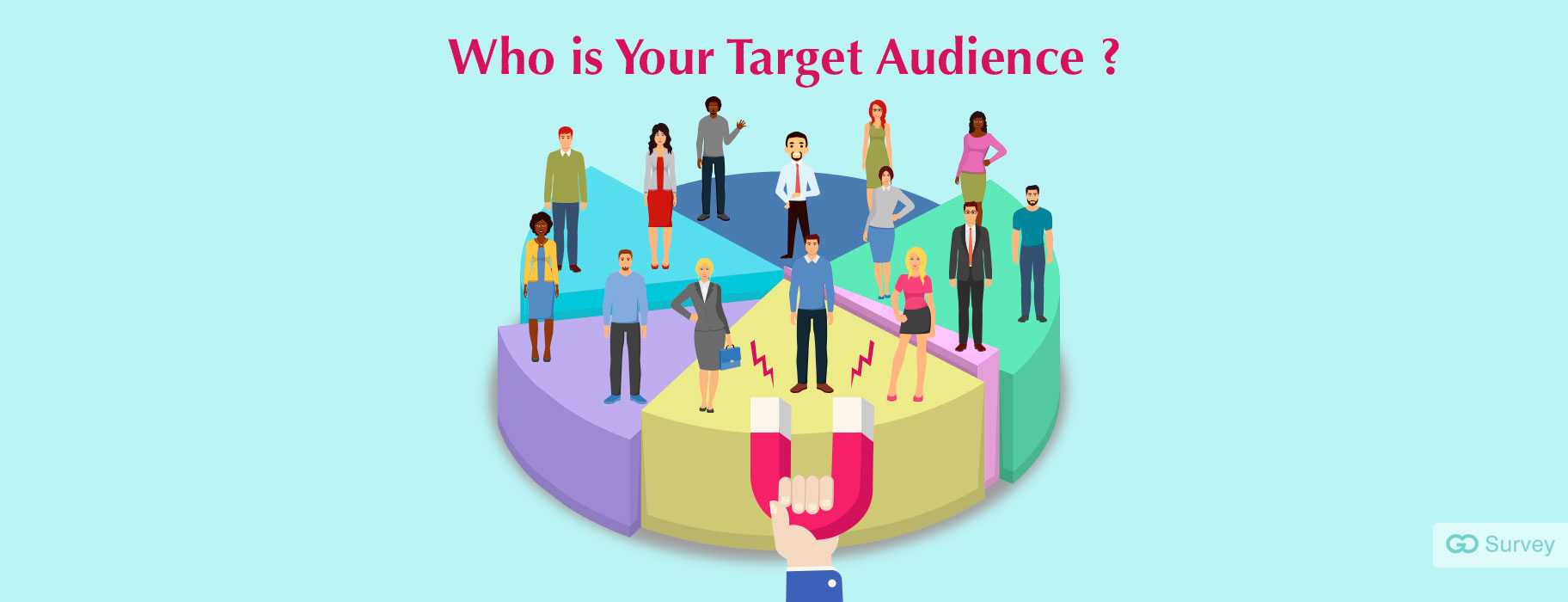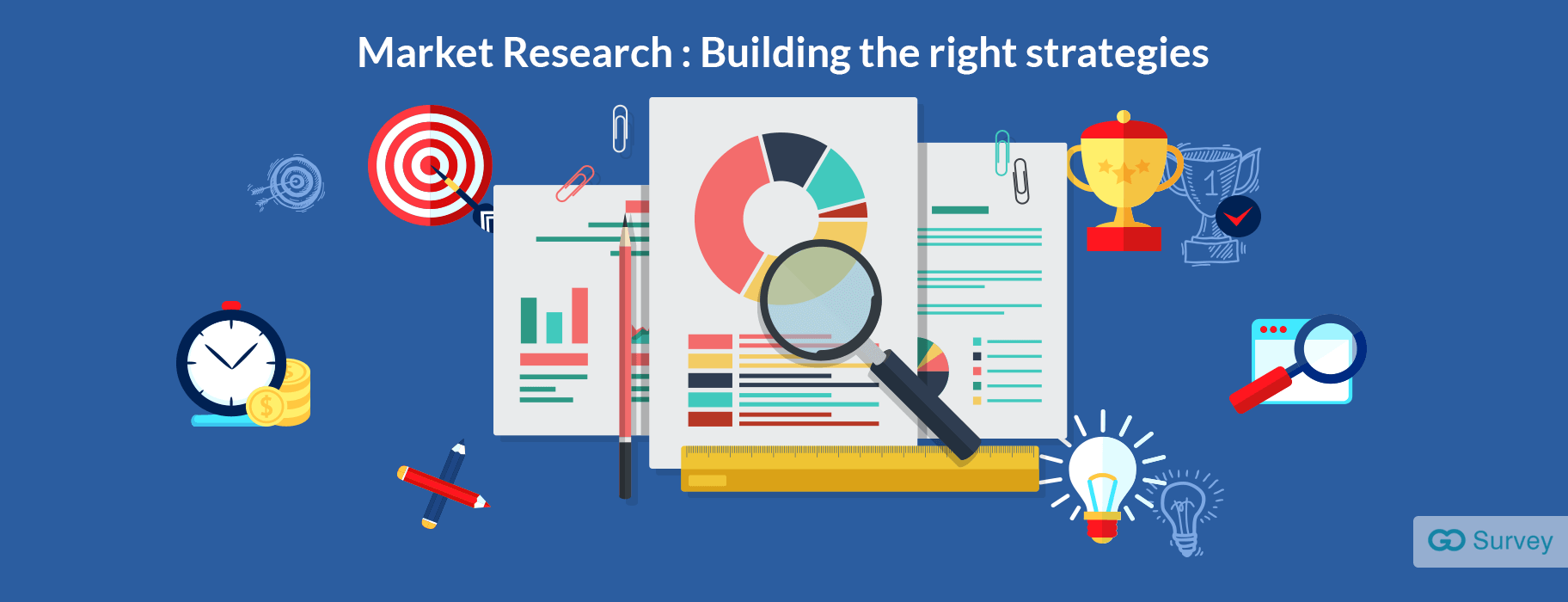What it is
Campaign measurement is a data-driven approach to launch, analyse, and look deeper into the campaign effectiveness. And not just look deeper into it, but learn what’s successful, what’s not, and where brands need to improve.
Some interesting stats.
- 78% of the marketers use data-driven marketing.
- Data-driven marketing spending is 20% more than any marketing gimmick.
- Data-driven marketing and campaigns reap 5-8x ROI for the spend.
Understanding campaign effectiveness with implementations
Customers buy your products with emotions and justify them with logic. It means that all you need to do is force an emotional response and ta-dah! Your campaign has passed with flying colors. But how do you know if your campaigns are delivering the desired result? Is your campaign even reaching the potential customers? Well, market research offers data on whether your campaign is ringing your cash register or merely giving you high credit card bills.
For example, many brands researched and understood that appealing to people's vanity and ego was successful only when their products & services made customers socially desirable. Consider perfume, cologne, or any of the cosmetic brands. Their ads have very little to do with the product, and more to do with the happening models whom we're supposed to believe are the customers of the brand— whether these models use cologne or not.
Where can you use it?
There are endless possibilities where you can measure your campaign effectiveness and its performance across the slack. Right from campaign strategy to deactivating the campaign, you can make data-driven decisions. Here's how you can check into tidbits of your efforts with market research surveys:
Reviewing campaign strategies and objectives
You don't go and launch a campaign out of thin air! Researching your market about consumer behavior, setting strategy and goals around them, and launching campaigns make more sense than diving straight into the pool when you don't know swimming. The prominent market research gives you plenty of data even before you start.
For example, Did you know that one bacterium cell can explode into 8 million bacteria cells in a day? Lysol disinfectant spray worked on this secondary market research and set their marketing campaign around it. Their ad copies confirmed that their disinfectants kill 99.9 percent of germs on commonly touched layers, and it barely cost $5 a bottle.
Quantitative & qualitative research
What are you interested in? How many, how often, and to what limit or why, how, and in what way? Well, quantitative research in any campaign helps in answering the first chunk that is important in collecting quantifiable data. Contrary to that, qualitative research explains the second group that gives detailed insight into your target audience's specifics.
For example, you market research to find the ideal selling price for your car. It's quantitative data. But to find out why your consumers should buy the fast car— you'll have to survey data on personal behaviors. Let's say they associate speed with freedom. If you know this qualitative data, you can work your marketing and product development around the word "freedom."
Measuring life-force
What's your brand's product or service tapping? Does it cover the life-forces: Security, social acceptance, survival, freedom from fear, comfortable life, sexual companionship, to be socially superior, & enjoyment of food? By researching and linking your product with any of these life forces, you can tap on the desires of purchase, and your marketing campaign can flutter around like a butterfly.
For example, brands market research on the scarcity of the products that can affect any of these 8 life-forces. Cabbage patch kid craze of 1983 is still fresh. The ugly vinyl-faced dolls makers researched the demand of the market and kept dolls coming into the market. Result? People waiting in queues fighting like rabid mammals in the stores. The store manager had to wield a baseball bat to keep the crazed buyers at bay. What's the conclusion? Scarcity sells!
Break down the channel's effectiveness
You set your campaigns across many channels, and it's best when you know if your marketing efforts are piling up dollar bills. Since people read more than 5000 ads a day, there's no doubt that attention is scarce, and you've to do everything in your might to get their attention. How do you measure your performance across all the channels? Conduct survey research.
For example, are you campaigning on social media? Link your thoughtfully-put surveys on Facebook or Instagram and reward your customers for giving their honest bits on the brand buzz. Of course, you need other metrics like view-through rate, CPVV, etc, to measure your success.
Similarly, arranging a set of questionnaires around your website, email, and search marketing efforts should empower you with quality data to work with. Questions like 'how is our brand beneficial' or 'how's your web-experience with our brand,' shall give you enough information on improvising the campaign strategies.
How to do it?
Ideally, you can conduct campaign research on any level of your campaign. Set an online survey questionnaire that asks how your customers perceive your advertisement and address your weaknesses to let your campaign make sense.
Campaign effectiveness with GoSurvey
The best part about data-driven campaigns is that you’ve myriad of tools at disposal to help your campaign and marketing efforts. Guess one of the key tools is GoSurvey mobile survey app. The app is a gem when it comes to construct, collect, and analyse surveys. Should you be trying it for successful campaigns? Well, do I need to answer?









